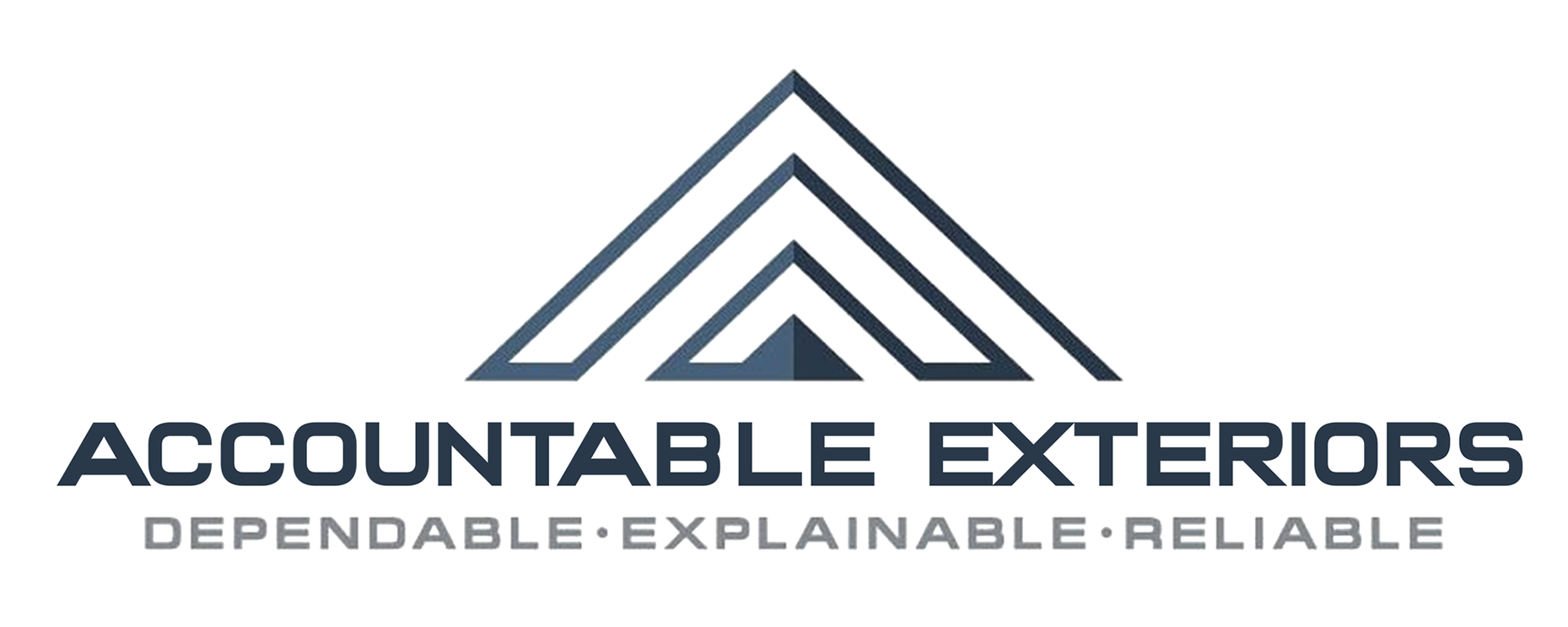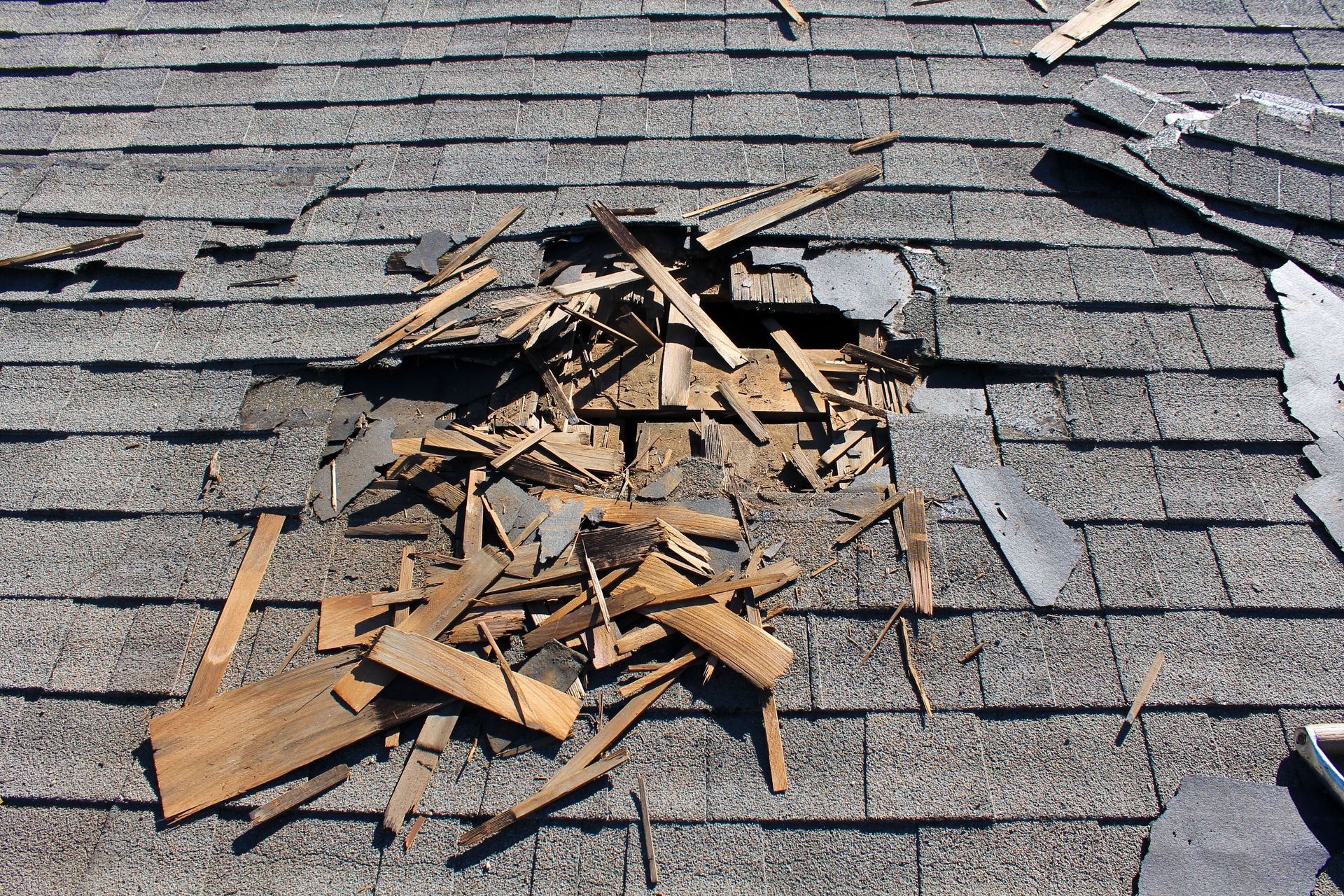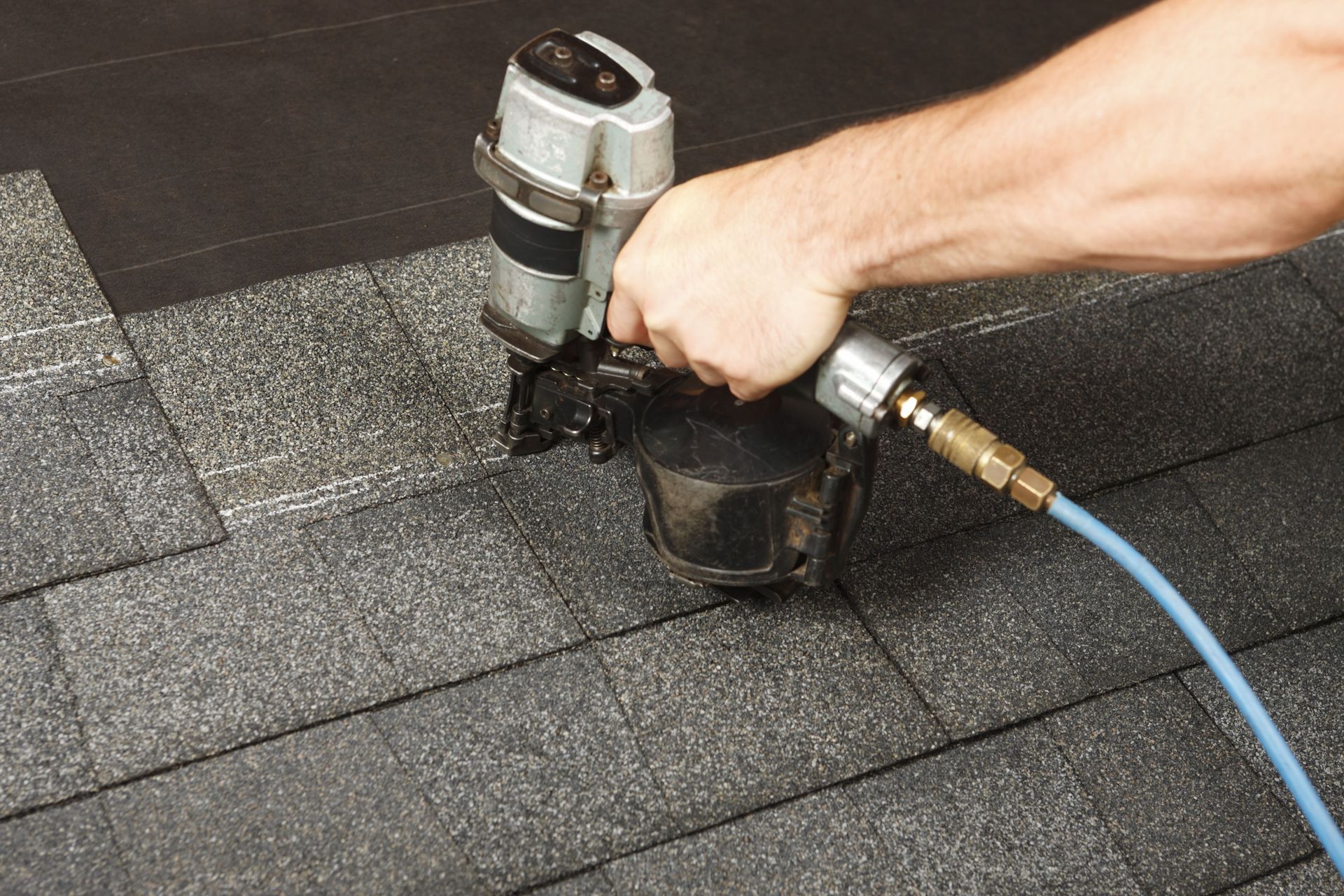Installing a new roof is a significant investment for any homeowner. It not only protects your property from the elements but also enhances the aesthetic appeal and value of your home. Choosing the right materials, understanding the installation process, and preparing your home properly are crucial steps in ensuring a successful roofing project. In this guide, we’ll cover 12 key considerations to keep in mind for new roof installation, focusing on metal and asphalt roofing options.
1. Choosing the Right Roofing Material
One of the first decisions to make when installing a new roof is the type of material to use. Metal and asphalt roofs are two popular options for homeowners. Asphalt shingles are known for their affordability, versatility, and ease of installation. They come in a variety of colors and styles, making it easy to match your home’s aesthetic. Metal roofs, on the other hand, are durable, long-lasting, and highly resistant to extreme weather conditions. They also reflect sunlight, which can reduce energy costs over time. Consider your climate, budget, and desired lifespan when choosing between these two materials.
2. Budget and Cost Considerations
According to Modernize magazine, 20% of homeowners surveyed found roofing to be a good investment to their home’s value, meaning cost is a critical factor in any roofing project. Asphalt roofs are generally less expensive upfront, making them a popular choice for homeowners on a budget. Metal roofs, although more expensive initially, can provide long-term savings due to their durability and low maintenance requirements. Remember to factor in the cost of roof installation, underlayment, ventilation, and any additional features like skylights or gutters. Obtaining multiple quotes from reputable contractors can help you make a more informed decision and avoid unexpected expenses.
3. Roof Pitch and Structure
The pitch or slope of your roof plays a significant role in material selection and installation. Asphalt shingles perform well on steeply pitched roofs, allowing for proper water drainage and reducing the risk of leaks. Metal roofs are versatile and can be installed on both low and high-pitched roofs, providing excellent protection against wind and heavy rain. It’s also essential to assess your home’s structural integrity. Older homes may require reinforcement to support the weight of a new metal roof, which can add to the overall cost.
4. Local Building Codes and Permits
Before starting a roofing project, check local building codes and permit requirements. Regulations can vary depending on your location and may dictate the types of materials allowed, roof installation methods, and safety standards. Failing to obtain the necessary permits can lead to fines, delays, or even the need to redo your roof. A professional roofing contractor will be familiar with local codes and can handle the permit process on your behalf, ensuring your project meets all legal requirements.
5. Contractor Selection and Reputation
Choosing the right contractor is just as important as selecting the roofing material. Look for licensed, insured, and experienced roofing professionals who have a solid reputation in your community. Check online reviews, ask for references, and review past projects to gauge their quality of work. A skilled contractor will provide a detailed estimate, explain the roof installation process, and offer warranties on both materials and labor. Investing time in vetting contractors can save you headaches and additional costs in the long run.
6. Timing and Weather Considerations
Weather can significantly impact the success of your roofing project. Ideal conditions include dry, mild temperatures with minimal wind. Asphalt shingles can be sensitive to extreme heat or cold during installation, which may affect adhesion and longevity. Metal roofs are more forgiving but still require dry conditions for proper sealing. Plan your project during a season with predictable weather and have contingency plans in case of unexpected storms or delays.
7. Energy Efficiency and Insulation
Modern roofing materials can contribute to your home’s energy efficiency. Metal roofs, in particular, are excellent at reflecting sunlight, which can help keep your home cooler during hot months and reduce air conditioning costs. Asphalt roofs can also be installed with reflective coatings or lighter-colored shingles to improve energy efficiency. Proper insulation and ventilation beneath the roof are equally important, as they prevent heat loss in winter and reduce moisture buildup, which can damage your roof over time.
8. Longevity and Maintenance
Consider the lifespan and maintenance requirements of your chosen material for new roof installation. Asphalt shingles typically last 20–30 years with proper care, while metal roofs can last 40–70 years, per This Old House. Asphalt roofs may require periodic inspections for damaged or missing shingles, especially after severe weather. Metal roofs are low-maintenance but should still be checked for loose panels, rust, or sealant issues. Understanding the maintenance needs can help you budget for ongoing care and protect your investment.
9. Aesthetic Appeal and Home Value
Your roof significantly impacts the overall appearance of your home. Asphalt shingles offer a range of colors, textures, and styles, allowing you to create a look that complements your home’s architecture. Metal roofs can provide a sleek, modern appearance or mimic traditional materials like slate or tile. A well-chosen roof enhances curb appeal and can increase property value, making it a worthwhile investment if you plan to sell your home in the future.
10. Warranties and Guarantees
Before committing to a new roof installation, review the warranties offered by both the manufacturer and the contractor. Material warranties typically cover defects and can range up to a lifetime, depending on the product. Labor warranties cover installation issues and vary by contractor. Understanding the terms and conditions of these warranties ensures you are protected against defects, improper installation, and other potential problems. Always keep a copy of the warranty documents for future reference.
11. Roof Ventilation and Moisture Control
Proper ventilation is a crucial, often overlooked aspect of a new roof installation. Without adequate airflow, heat and moisture can build up in your attic, leading to premature aging of shingles, wood rot, and mold growth. Both metal and asphalt roofs benefit from well-planned ventilation systems. Good ventilation not only extends the life of your roof but also improves energy efficiency by regulating attic temperature. Discuss ventilation options with your contractor to ensure your roof performs optimally in all weather conditions.
12. Safety During Installation
Roof installation can be hazardous, so safety should always be a top priority. Working at heights, handling heavy materials, and using power tools all carry risks for both the homeowners and contractors. Professional roofing teams follow strict safety protocols, including harnesses, guardrails, and proper footwear, to minimize accidents. If you’re planning to be on-site during installation, make sure you understand these safety measures and keep children and pets away from the work area. Prioritizing safety ensures the project is completed efficiently without injuries or costly mishaps.
Installing a new roof is a complex process that requires careful planning, informed decision-making, and collaboration with skilled professionals. By considering these factors, homeowners can ensure a successful roofing project that provides long-lasting protection and enhances the value of their home. Whether you choose the affordability and versatility of asphalt shingles or the durability and modern appeal of a metal roof, taking the time to address these ten considerations will set your project up for success. Get in touch with our skilled team at Accountable Exteriors for roof installation today!










